
Pic. “Battle of the Doomed Gods” (F. Wilhem Heine, 1882)
(FYI this post is based on a paper I recently wrote for a course on archaeology and climate change.)
Thanks to popular culture, the Viking legends of Thor, Odin, Loki, and their homeland of Asgard have become well-known within recent generations through Marvel’s Thor comics and movies, with the most recent installment, Thor: Ragnarök, set for theatrical release in late 2017. Google describes the storyline as “Imprisoned on the other side of the universe, the mighty Thor finds himself in a deadly gladiatorial contest that pits him against the Hulk…in a race against time to prevent the all-powerful Hela from destroying his home world and the Asgardian civilization.” Alongside the characters of Thor, Odin, and Loki, the tale of Ragnarök is recorded in the early literature of the Vikings, or Norse people. Unlike the movie description, however, the tale of Ragnarök makes no mention of the Hulk, gladiatorial contests, or Hela. Instead the story speaks of despair, death, destruction, and the ultimate end of the world. And as scientists are recently beginning to uncover, climate change may have been the leading character.
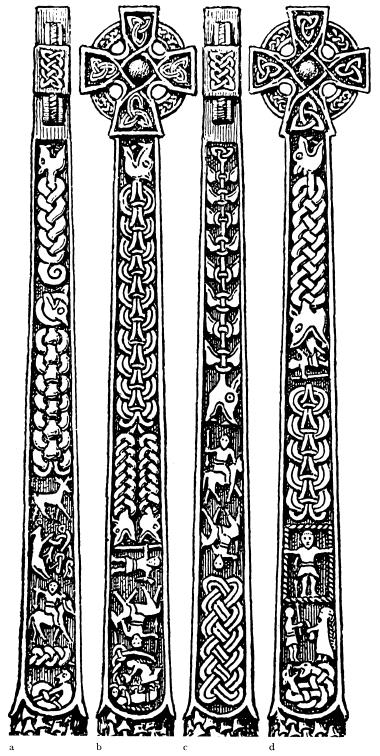
the story of Ragnarök (Berg, 1958)
Norse mythology is known primarily from three literary sources, all of which were compiled in the thirteenth century. The Codex Regius and the Poetic Edda are both collections of anonymous poems detailing Norse mythic histories. The Prose Edda, written by Snorri Sturluson, contains a collection of poetry and written stories of the mythic histories, many poems of which were quoted from the Codex Regius.
Reference to Ragnarök is first made in the poems of the Poetic Edda and expanded in detail in the Prose Edda, specifically within the essay Gylfaginning. Gylfaginning, which translates to ‘The Tricking of Gylfi’, tells the tale of King Gylfi, the king of Sweden, who is tricked by one of the goddesses of the Æsir. As Gylfi travels to Asgard to confront the Æsir gods about the goddess’s trickery he is yet again tricked and arrives in a place other than Asgard. In this other place, Gyfli is confronted by three men, High, Just-As-High, and Third, who challenge Gangleri’s (the fake name Gyfli gives them) wisdom by instructing him to ask questions about the gods and the world.
It is during this question period where reference to Ragnarök is made. Ragnarök, meaning “fate of the gods” or “twilight of the gods”, is described as a culmination of events leading to the end of the world. The first indications of Ragnarök are three winters during which there is widespread chaos and fighting amongst people and society begins to collapse. Following that is the official beginning of Ragnarök, marked by the great Fimbulwinter, or the “mighty winter”. The Fimbulwinter is described as three successive winters with no summer in between, during which there will be “great frosts and keen wind.” Following the Fimbulwinter, one wolf will swallow the sun while a second will swallow the moon. Eventually the world will flood and disappear. Later, the sun and moon will reappear the world will begin anew, repopulated by the descendants of two humans who survived Ragnarök.
Recently, archaeologists have become more interested in the story of the Fimbulwinter. Not for its creativity but for what may have inspired its description. Bo Gräslund and Neil Price have suggested that the climatic events of 536 A.D. may have provided the inspiration for the Fimbulwinter. Researchers have found that written historical documents from around the world described similar climatic situations occurring during 536 AD. Historical figures including Cassiodorus (“How strange it is, I ask you, to see the principal star (the sun), and not its usual brightness; to gaze on the moon, glory of the night, at its full, but shorn of its natural splendor?”), Procopius (“And it came about during this year that a most dread portent took place. For the sun gave forth its light without brightness, like the moon, during the whole year”), and Bishop John of Ephesus (“The sun was dark and its darkness lasted for eighteen months”) all give descriptions of the sun being darkened for a period of about eighteen months. Some even give specific descriptions of dates, like an anonymous figure who wrote “in the year fourteen…the sun began to be darkened by day and the moon by night…from the 24th of March in this year until the 24th of June in the following year”.
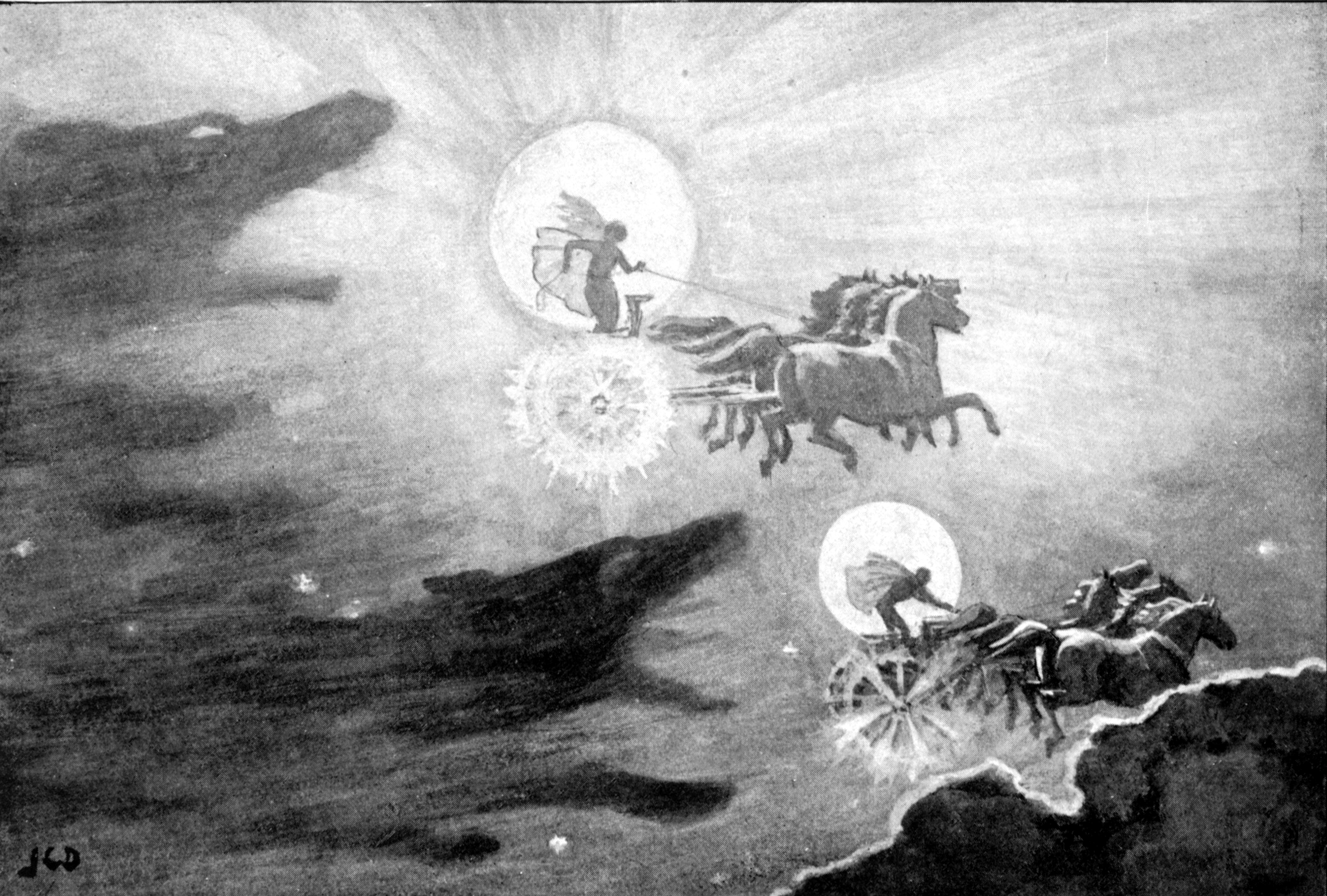
Historical sources also detailed accompanying cold temperatures and effects on crops, such as fruits failing to ripen and poor tasting wine. Cassiodorus detailed the long-lasting cold weather and drought and the worries of the effects it would have on crops that bud in the spring. Chinese historical sources, which kept detailed weather records, also describe summer snow, early frosts, drought, and famine occurring in 536 AD.
Archaeological and historical evidence also points to widespread socioeconomic and political changes in and following 536 AD. In Mexico, this was the time of the Early-Late Classic Hiatus in the Maya lowlands, a brief period of political destabilization of Tikal marked by gaps in monument erection between 534 – 593 A.D. In China, historical sources detail that increased civil fighting in 534 A.D. led to the division of the Wei empire into the Eastern Wei and Western Wei. The first major military attack on the Western Wei by the Eastern Wei occurred in 537 A.D. Furthermore, following 536 A.D., the economic system had become diminished by crop failures, leading to less grain taxes being collection and a variety of political responses to try to adapt and manage the shortfall in taxes. In Africa, the great Axum empire of the northeast, an empire known for its agricultural prosperity, collapsed during the middle of an ambitious military campaign spreading into the southern Arabian peninsula, due to first to civil fighting among troops and second to the Justinian plague. At the same time, the agricultural iron-working groups of the Buhaya region in eastern central Africa suddenly stopped working iron and dispersed from the region.
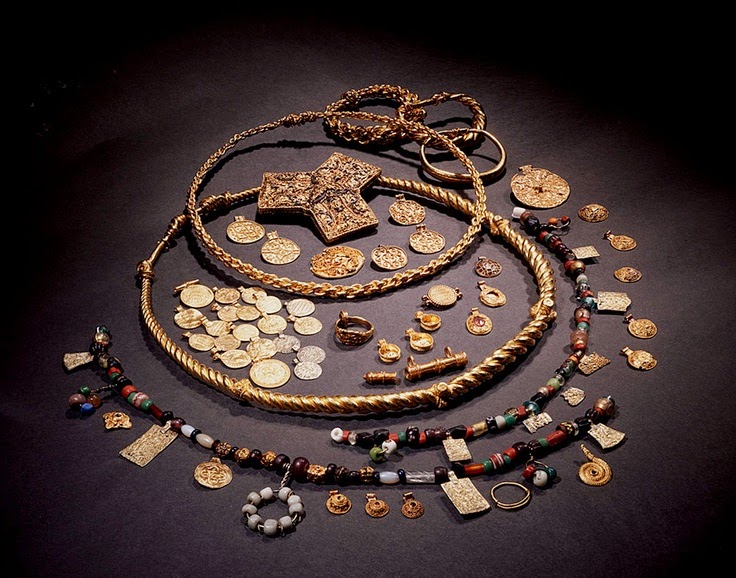
In Europe, the 536 A.D. climate event coincided with many expansions, migrations, and the Justinian plague. The Anglo-Saxons overcame the Britons and greatly expanded their empire around this time. Fighting plagued the Mediterranean regions as the Byzantines managed to capture Syracuse, Naples, and Rome. Further north, in Estonia, Sweden, Denmark, and Poland palynological studies of bogs have demonstrated sudden population collapses through decreases of anthropogenic pollination in these regions beginning around the mid-6th century. Occupied sites in Sweden fell in numbers by up to 75%. In Norway, farms were abandoned, richly interred burials became more infrequent, pottery production ceased, iron production decreased, and trade networks were disrupted. At the same time, across Scandinavia gold hoards increased in number, which has been suggested to have been offerings from elites on behalf of their communities to appease the Gods. Evidence for violent conflict can be seen in the increased numbers of fortified refuges and destruction of many sites across Sweden, including the site of Valhagar which was burned in a single event in the mid-6th century, with the bodies of the villagers were left lying inside some of the houses. Only a few years later, in 540 A.D., the Justinian plague hit Europe and the Middle East, further decimating already weakened populations.
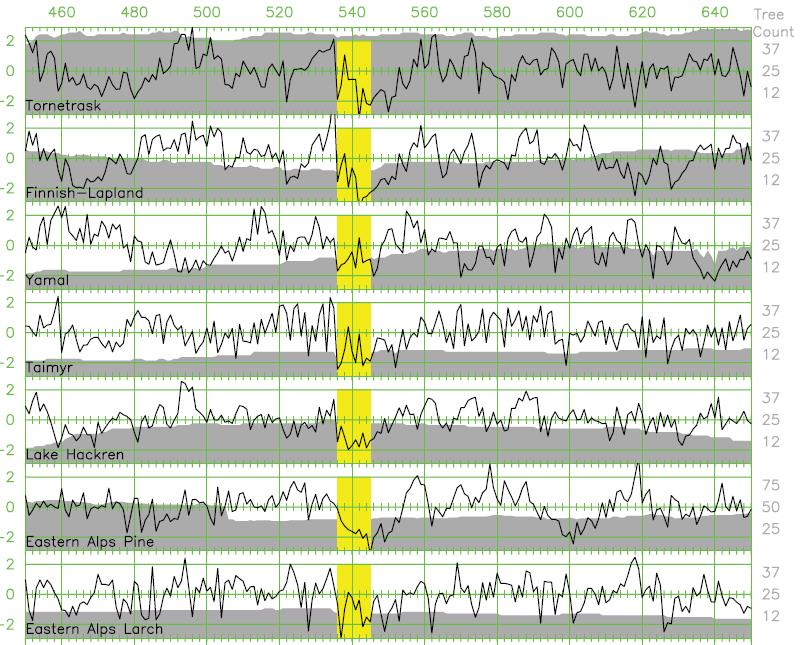
of 536 A.D. in tree cores
With historical sources clearly indicating something strange was happening with climate and archaeological evidence of population collapse, socioeconomic instability, and violent conflict, what actually happened in 536 AD? Historical Chinese sources described a dry fog in 536 A.D., a sentiment echoed by other early historians who described the sun as having cast a blue or darkened light. In 1983 Stothers and Rampino were the first to begin arguing for a volcanic eruption as the cause of the 536 A.D., by examining historical descriptions of major volcanic eruptions in the Mediterranean region prior to 630 A.D. Volcanic eruptions can be forceful enough to cause climatic cooling, dry-fogs or dust-veils, and twilight-like lighting (blueish/dimmed lighting). By projecting sulfate aerosols into the stratosphere and creating a volcanic ‘cloud’, volcanic eruptions can temporarily block the sun’s radiation from reaching the Earth’s surface, leading to short-term cooling. These cooling periods are then recorded in ice and tree rings, providing a time estimate as to when the eruption may have occurred. In 1988, Baillie and Munro were the first to confirm through tree ring data that an abrupt, unanticipated event had taken place in 536 A.D., with hemispheric effects lasting the succeeding decade. Larsen et al. (2008) and Sigl et al. (2015) further confirmed thedendrochronological evidence with ice core samples, claiming that the 536 A.D. volcanic eruption caused climatic cooling more severe than the infamous Tambora eruption of 1815. With severe climatic cooling comes crop failure, which is also commonly associated with disease epidemics. What is currently undecided is which volcano it was that erupted. Rampino (1988) suggested it may have been Rabaul in Papua New Guinea, but more recent research is suggesting it might have been an Icelandic volcano to blame.
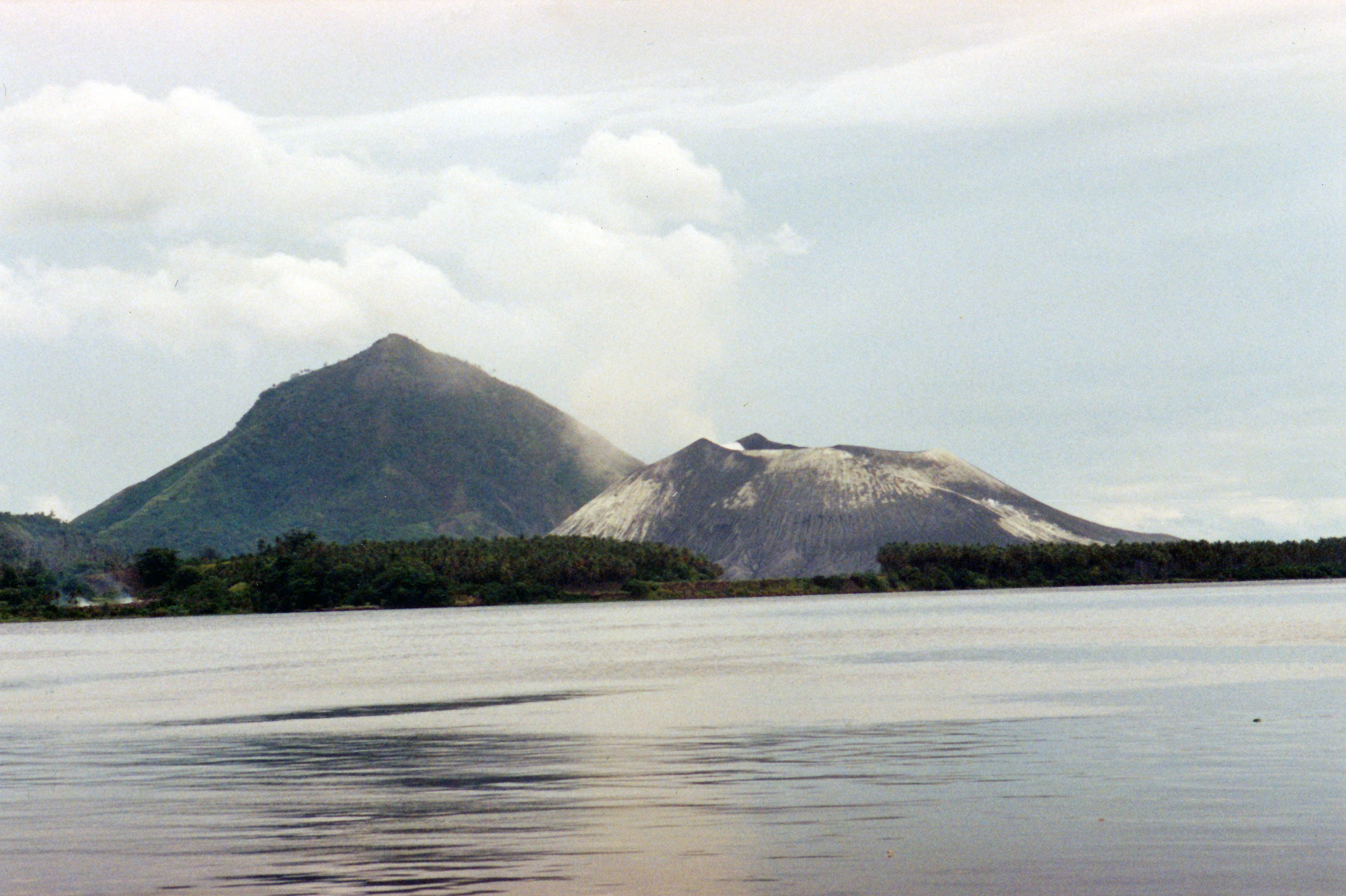
The infamous Norse legend of Ragnarök tells a tale of the end of the world. Initiated by the mighty Fimbulwinter, Gods and humans fight amongst themselves until they are dead and wolves devour the sun and the moon. In the Poetic Edda, Ragnarok is described in the poem Völuspá, with reference to the Fimbulwinter in stanza 41,
“Dark grows the sun/And in summer soon/Come mighty storms.”
In the Prose Edda, Sturluson writes,
“First of that a winter will come called fimbul-winter, Then snow will drift from all directions. There will be great frosts and keen winds. The sun will do no good. There will be three of these winters together and no summer between.”
Both the Poetic Edda and the Prose Edda also touch on the societal chaos accompanying the Fimbulwinter, describing (in the Prose Edda),
“Brothers will fight and kill each other, cousins will break the bonds of their relationship. It will be harsh for heroes, much depravity, age of axes, age of swords, shields cloven, age of winds, are of wolves, until the world is ruined.”
Are these words truly just legend? Or could they have been written as creative interpretations of actual occurring events? Archaeologists have discovered that in the year 536 A.D., the world seemed to be in turmoil. A strange twilight covered the land, turning the sunlight blue. For 18 months temperatures were so cold it seemed as though summer had failed to appear as the land was covered in frost and fog. Crops were failing. Villages and farms were being abandoned. People were dying faster than properly interred burials could afford, due to famine, plague, and violence. The world was in ruin, until at least 10 years later when the climate would begin to warm again. Was this Ragnarök, the end of all things, the twilight of the Gods? Had the mighty Fimbulwinter come at last?
Support Research and Outreach:
Select References
- Baillie, M.G.L. (1994). Dendrochronology raises questions about the nature of the AD 536 dust-veil event. The Holocene, 4(2): 212-217.
- Berg, K. (1958). The Gosforth Cross. Journal of the Warburg and Courtland Institutes, 21(1/2): 27-43.
- Gräslund, B. and N. Price. (2012). Twilight of the gods? The ‘dust veil event’ of AD 536 in critical perspective. Antiquity, 86, 428-443.
- Larsen, L.B., B.M. Vinther, K.R. Briffa, T.M. Melvin, H.B. Clausen, P.D. Jones, M.L. Siggaard-Andersen, C.U. Hammer, M. Eronen, H. Grudd, B.E. Gunnarson, R.M. Hantemirov, M.M. Naurzbaev, and K. Nicolussi. (2008). New ice core evidence for a volcanic cause of the A.D. 536 dust veil. Geophysical Research Letters, 35(L04708): doi:10.1029/2007GL032450.
- Rampino, M.R. (1988). Volcanic Winters. Annual Review of Earth and Planetary Sciences, 16: 73-99.
- Sigl, M., M. Winstrup, J.R. McConnell, K.C. Welten, G. Plunkett, F. Ludlow, U. Büntgen, M. Caffee, N. Chellman, D. Dahl-Jensen, H. Fischer, S. Kipfstuhl, C. Kostick, O.J. Maselli, F. Mekhaldi, R. Mulvaney, R. Muscheler, D.R. Pasteris, J.R. Pilcher, M. Salzer, S.Schüpbach, J.P. Steffensen, B.M. Vinther, and T.E. Woodruff. (2015). Timing and climate forcing of volcanic eruptions for the past 2,500 years. Nature, 523: 543 – 549.
- Stothers, R.B., and M.R. Rampino. (1983). Volcanic Eruptions in the Mediterranean Before A.D 630 From Written and Archaeological Sources. Journal of Geophysical Research, 88(B8): 6357 – 6371.

A very interesting theory, and entirely plausible. This is why mythology is so important. It’s often the only way many ancient people kept records. Do you mind if I reblog this? My dad and I used to talk about stuff like this all the time. It brings back memories!
LikeLike
Absolutely, I would love for you to share this! Thanks for your comment!
LikeLiked by 1 person
It’s my pleasure. Dad loved archaeology (everything really), so I have many childhood memories of talking about it with him. While other kids were kicking footballs with their dads, we were talking about Boudicea or Rome or early Christian history. He had a passion for history and all things ancient.
LikeLike
Reblogged this on Ben's Lab and commented:
A lot of scientific data is tucked away in mythology and tales. Sometimes they really do contain a grain of truth!
LikeLike